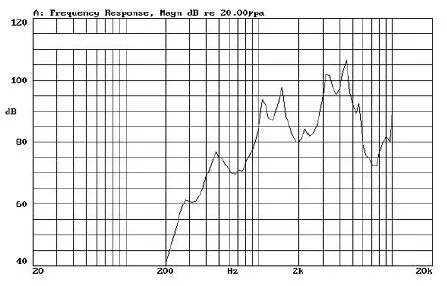

Piezoelectric is derived from the Greek word ‘piezo’ which means pressure or push. Piezoelectric buzzers do not have a metal armature, but instead rely on a piezoelectric element. You’ll notice if you push the buzzer against a ridged surface, it will be louder because it has a surface to resonate the vibrations. This happens thousands of times a second and creates vibration which in turn creates the ‘buzzing’ noise. When the electromagnet turns off, the armature springs back up. When the electromagnet turns on, it attracts the armature pulling it down. Mechanical buzzers create their noise by moving a metal tab (or armature) up and down using an electromagnet. If you compare the noises they create side-by-side, the mechanical buzzer creates a low pitch buzz, meanwhile the piezoelectric buzzer creates a high pitch beep. What’s the difference? Not just the shape of the case! The difference is how the buzzers create noise. But you’ll notice that there are two types – a mechanical buzzer and a piezoelectric buzzer. Berrouk, A study of electromagnetic field generated by high voltage lines using Comsol, in International Conference on Electrical Sciences and Technologies in Maghreb (2014).Buzzers add noise to our Squishy Circuits. Sai, Design and analysis of piezoelectric cantilever based vibration energy harvester for low power devices, in Global Conference for Advancement in Technology (GCAT), Bangalore (2019). Hegde, Design and analysis of piezoelectric cantilever based vibrationsensor, in IEEE International Conference on System, Computation, Automation and Networking, Pondichery (2018), PhD Thesis, Imperial College of London (1989)ĬTS Electronic components data sheet for PZT 5A. Guo, The Vibration Characteristics of Piezoelectric discs. Kumar, Periasamy, Simulation study and performance optimization of piezoelectric mems device for acoustic sensor applications. Yellampalli, Piezoelectric acoustic pressure sensor diaphragm design for energy harvesting, in International Conference on Advances in Energy Conversion Technologies (ICAECT), Manipal, (2014, 23–).Ī. This proposed analysis can further assist in the conversion of anything into a speaker. The magnetic response of the PZT disc of 40 mm diameter has also been studied.

For studying the stationary and dynamic performances of the PZT disc, simulation of the disc for a set range of frequency using COMSOL Multiphysics is done. A circular PZT disc is modelled and analysed practically for variation in thicknesses and diameters of its plate on COMSOL Multiphysics. The fundamental design requirements like oscillations in the audible frequency range and maximum surface displacement have been considered. Displacements of diaphragm under different magnetic field strengths have been analysed.

A novel simulation has been executed to find the behaviour of the piezo structure under the influence of magnetic field. In the following paper, an analysis for the design of efficient piezoelectric-based speaker is carried out. When acoustic voltage signals are put across the ceramic part of the piezoelectric speakers, it leads to the oscillation of the material. When voltage is applied to the speaker, it will create waves of sound. Piezoelectric speakers work on the inverse piezoelectric effect to produce sound.


 0 kommentar(er)
0 kommentar(er)
